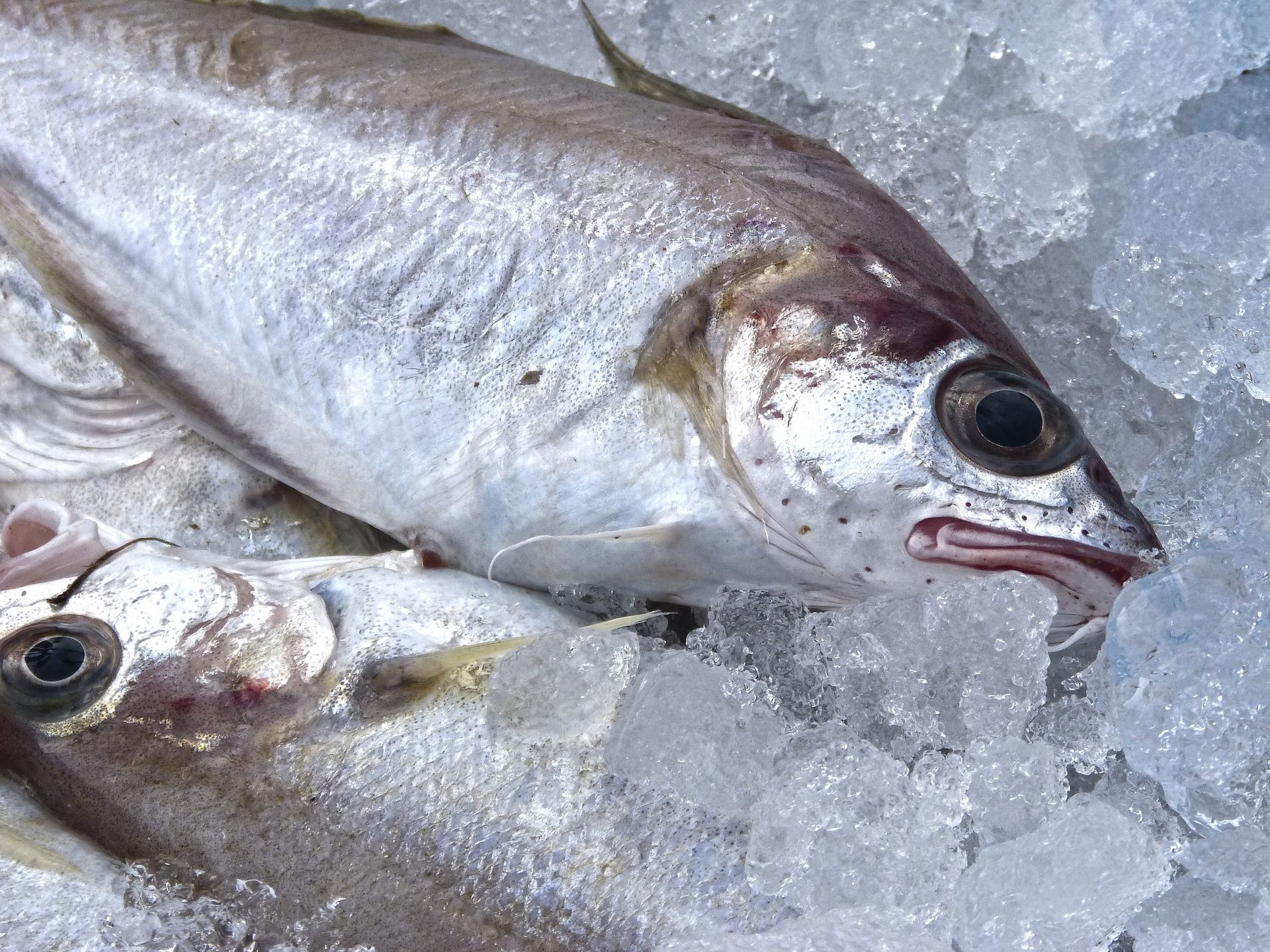Seafood is a delicate item category and keeping them in good condition for human consumption. You can deal with the challenges by buying a blast freezer. Seafood is tasty and nutritious. When the picture of seafood comes to our minds, many of us experience mouth-watering. And the reason is not at all difficult to understand–it is due to the taste.
But the fact remains is that the taste and nutritional value of seafood remain intact only when it is transported to the point of consumption in the right conditions. Therefore, the freezing method during storage and transportation plays a key role in seafood's taste and nutritional value. Blast freezers can keep seafood in fresh condition. But you might know what blast freezing is all about.
Blast Freezing
The general blast freezing process involves pushing cold air across the stored products at a very high speed and a shallow temperature. It is one of the most preferred methods of seafood storage as it preserves taste and nutrition.
Technically speaking, the effectiveness of blast freezing arises from the speed at which freezing takes place. Blast freezers come in various sizes and configurations and can provide storage and transportation solutions for the long term. Some variants bear conveyor belts or moving trays.
The working mechanism of blast freezers is connected to how water freezes within the cells of the fish. With the freezing of fish, water molecules bind to one another within the cells, forming ice.
Generally, water molecules move towards other molecules, forming specific patterns when water molecules freeze. When the molecules go away from the cells, they leave behind higher concentrations of enzymes and electrolytes that can damage the cell walls. If the freezing happens slowly, it can damage the cells due to large ice crystals.
The problem gets solved when freezing quickly happens as there will be no enough time for ice molecules to reposition themselves to form smaller crystals. There will be no formation of large ice crystals, so the enzymes and electrolytes will stay isolated. As such, it will result in less damage to the cells. Typical temperatures in blast freezers are at around -34 degrees C, and even lower.
How Does Blast Freezing Benefit Seafood?
Blast freezing benefits seafood immensely. As seafood contains around 60 to 80 percent of water, seafood is susceptible to cell-damaging due to the freezing process. You can also regard that blast freezers can benefit the company and the general population's health as they can keep seafood in good conditions.
The specific benefits of blast freezers are:
Fast and Efficient
Fastness is one of the remarkable attributes of blast freezers, and that can benefit food businesses significantly. They can move more products through the freezer and make room for the next batch quickly, making the food delivery process more efficient.
Maintaining Product Quality
As blast freezers can maintain seafood quality, businesses can sell the products at higher prices, garnering more profit. The higher quality arises from the quick ice crystal formation process and the unique airflow pattern, breaking up any heat gradients.
Although the fast airflow over the seafood surface can dehydrate the products, a blast freezer can prevent dehydration by developing frozen skin on the edges, keeping the products fresh.
Safety
Blast freezers minimize bacteria growth. And it is one of the reasons for keeping the products safe. Usually, bacterial growth happens at temperatures between 4 to 60 degrees C. But, the quick freezing in blast freezers does not allow bacteria to multiply quickly. Therefore, the stored food remains free of microorganisms. Blast freezers also help businesses maintain general public health as they help sell fresh products, especially meat and seafood, to the public.
Health Implications
Blast freezers can prevent nutrient deterioration in the stored products. As such, the products remain nutritious until they reach customers.
Easy Transportation
Transportation of frozen seafood costs less as it can be transported through container ships instead of air.
Ultra-Low Temperatures
Blast freezers can also provide ultra-low temperatures, maintaining the quality of frozen fish, shellfish and meat. Some fish species, such as yellowfin tuna and other high-value species, can remain in good condition in such temperatures. For example, Tuna can have a longer shelf-life when frozen in ultra-low temperatures.
Reduces Wastage
With a blast freezer, you can keep your seafood stock in good condition, minimizing wastages.
Benefits of Blast Freezers to the Pharmaceutical Industry
In addition to the seafood business, blast-freezers can help the pharmaceutical industry to a great extent. Healthcare providers can use blast freezers for vaccine storage apart from keeping biologics, blood plasma, or delicate medicines.
The freezers have features like temperature monitoring, apart from large capacities. Pharmaceutical companies can use such freezers for storing delicate materials. As blast freezers quickly freeze the stored items, it helps store materials safely and speedily pre-conditioning phase change materials.
Conclusion
Investing in a blast freezer by businesses involved in the seafood trade helps preserve the quality of the products. But, the business owners must make sure that they purchase a unit from a trusted manufacturer.





